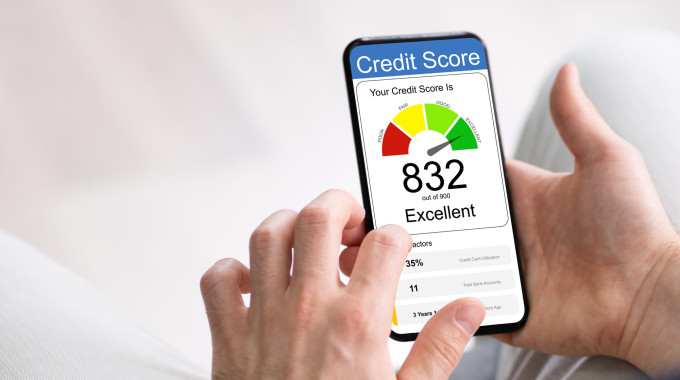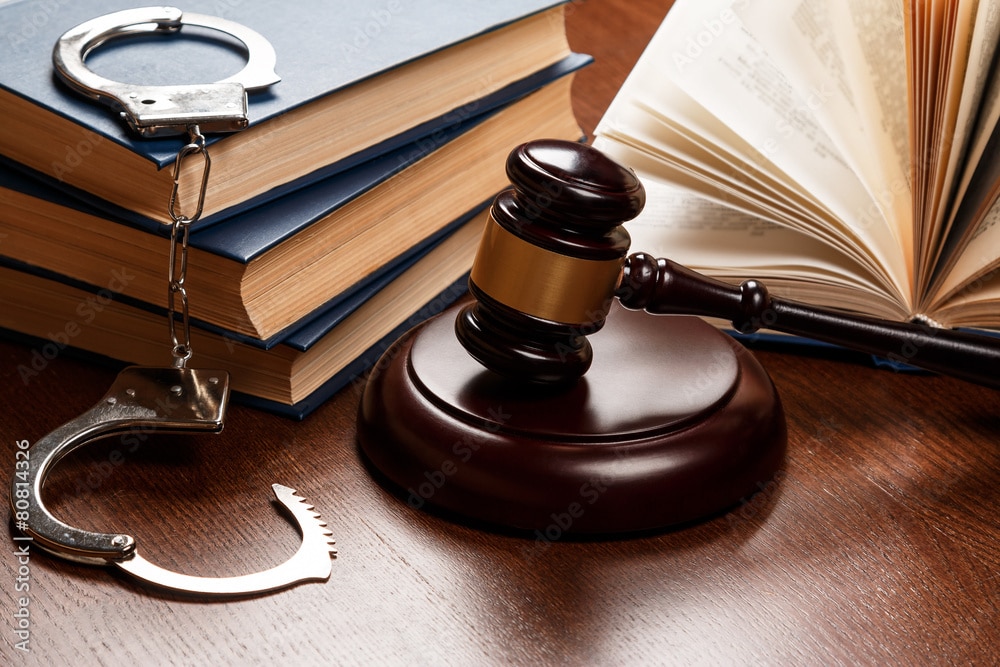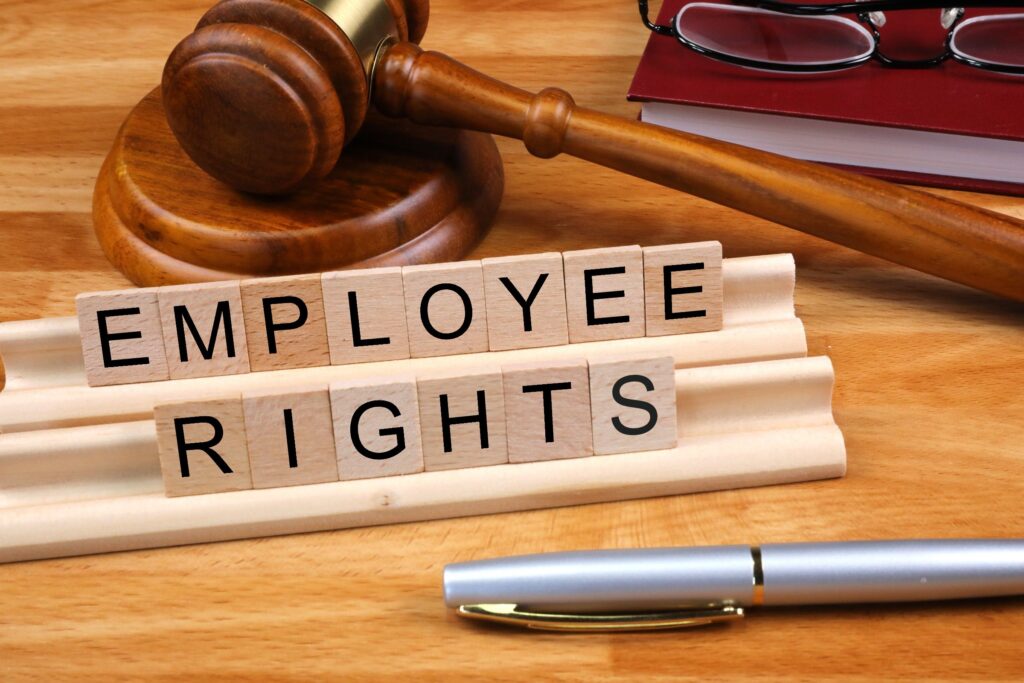Your credit report is more than just a piece of paper — it’s your financial report card. Yet, many people never bother to check it until they hit a roadblock, like being denied a mortgage or facing high interest rates. If you live in a Tier-1 country like the US, UK, Canada, or Australia, understanding your credit report is one of the smartest things you can do for your financial future.
Reading your credit report might seem intimidating at first glance. It’s filled with numbers, codes, and terms that can look like a foreign language. But don’t worry — by the end of this guide, you’ll know exactly how to read your credit report like a pro.
Whether you’re building your credit for the first time or fixing past mistakes, this simple breakdown will help you spot red flags, fix errors, and make informed decisions.
Why Your Credit Report Matters
Think of your credit report as your financial reputation. Banks, lenders, landlords, employers — they may all check your report to see if you’re trustworthy with money. A mistake on your credit report could mean higher interest rates, getting denied for loans, or paying more for insurance.
That’s why learning how to read your credit report accurately is so important. It empowers you to spot inaccuracies before they hurt you and to maintain a healthy credit score.
How to Get Your Free Credit Report
Before you can read your report, you need to get it. In many Tier-1 countries, you’re entitled to at least one free credit report every year from each major credit bureau. In the US, you can use AnnualCreditReport.com. In Canada, Equifax and TransUnion offer free copies by mail. The UK and Australia have their own free options as well.
Pro tip: Pull your report from each bureau separately throughout the year to monitor your credit more frequently.
Understanding the Key Sections of Your Credit Report
Your credit report isn’t just one number or page. It’s divided into clear sections. Let’s break them down one by one.
1. Personal Information
This section includes your name, current and past addresses, Social Security Number or National ID, date of birth, and sometimes your employer information.
Check this section carefully. Errors in your name or address could mean your report is mixed with someone else’s. If you spot mistakes, dispute them right away.
2. Credit Accounts (Trade Lines)
This is the heart of your credit report. It lists all your current and past credit accounts — credit cards, loans, mortgages, lines of credit.
Each account usually shows:
- Creditor name
- Account number
- Type of account (credit card, auto loan, etc.)
- Date opened
- Credit limit or loan amount
- Current balance
- Payment history
Look at each trade line and make sure it’s accurate. Pay special attention to the payment history. Late payments, even by mistake, can seriously damage your credit score.
3. Credit Inquiries
This section shows who has checked your credit.
- Hard inquiries: When you apply for credit, a lender pulls your report. Too many hard inquiries in a short period can lower your score.
- Soft inquiries: These don’t affect your score. Examples include checking your own report or when a company pre-approves you for an offer.
If you see a hard inquiry you don’t recognize, it could be a sign of identity theft.
4. Public Records and Collections
This section lists negative financial events like bankruptcies, foreclosures, or accounts sent to collections.
If you see a collection account or public record you know you’ve settled, make sure it’s marked as paid. Errors here can weigh heavily on your credit score.
5. Credit Score (Sometimes Included)
Not every free report includes your credit score, but many paid versions do. Understanding your credit score and the factors affecting it is crucial.
How to Spot Errors on Your Credit Report
According to studies, one in five consumers finds an error on their credit report. Some common mistakes include:
- Accounts that don’t belong to you
- Payments marked late when you paid on time
- Incorrect balances
- Duplicate accounts
- Outdated negative information that should have dropped off
If you spot an error, gather any documents that prove it’s wrong. Then, file a dispute with the credit bureau online, by mail, or by phone. By law, they must investigate and correct any mistakes.
Key Credit Report Terms You Should Know
While reading your report, you’ll come across terms and codes. Here are a few to understand:
- Charge-Off: An account written off as a loss by the creditor but you still owe the money.
- Delinquent: Overdue payments.
- Revolving Account: A credit line you can borrow from repeatedly (like a credit card).
- Installment Loan: Fixed payments over a set time (like a car loan).
- Closed Account: An account you or the lender closed.
Knowing these terms helps you read your credit report more confidently.
How Often Should You Check Your Credit Report?
Experts recommend checking your credit report at least once a year — more if you’re planning to apply for a major loan soon. Regular checks can help you:
- Catch identity theft early
- Fix errors before they affect you
- Understand how your financial behavior impacts your credit
In 2025, many banks and credit card companies offer free credit monitoring tools. Take advantage of these to keep tabs on your score.
How Your Credit Report Affects Your Credit Score
While your credit report shows all the data, your credit score sums it up into a three-digit number that lenders use to judge your risk level.
Key factors that influence your score include:
- Payment history (35%): Do you pay on time?
- Amounts owed (30%): How much credit you’re using.
- Length of credit history (15%)
- Credit mix (10%)
- New credit inquiries (10%)
By reading your report, you’ll see which areas you can improve to raise your score.
Practical Tips to Keep Your Credit Report Healthy
Reading your report is just the first step. Here’s how to keep it looking good:
- Pay your bills on time — set up automatic payments if needed.
- Keep your credit utilization low — ideally below 30%.
- Don’t open too many new accounts at once.
- Monitor your report for unauthorized accounts.
- Dispute any errors immediately.
What to Do If You Find Fraud on Your Report
If you see suspicious accounts, act fast:
- Place a fraud alert on your credit file.
- Report the identity theft to your local police or online through your country’s consumer protection agency.
- Contact creditors to close fraudulent accounts.
- Consider a credit freeze to prevent new accounts from being opened.
The Bottom Line
Learning how to read your credit report like a pro is one of the smartest money moves you can make. It puts you in control of your financial reputation, helps you spot problems early, and can save you thousands of dollars in interest over time.
The more you understand your credit report, the easier it is to build and maintain a healthy credit score — opening doors to better loan terms, housing opportunities, and even job prospects.
So don’t let your credit report gather dust. Pull your free report today, review it with confidence, and take action to keep your financial future bright.
Ready to Take Charge of Your Credit?
Now that you know how to read your credit report like a pro, make it a habit. Stay informed, fix mistakes quickly, and watch your credit score climb.
Got questions about what you see? Talk to a trusted financial advisor or credit counselor. And if you found this guide helpful, share it with friends or family who need to protect their credit too.
Your credit health is in your hands — and you’ve got this!






